Many people associate jump rope with childhood. Perhaps it was playing with friends at recess or having a game of Double Dutch in the driveway. Yet jumping rope is far from old school. This is an all-round incredible workout that can be enjoyed by kids, athletes, and retirees alike.
It is so basic and simple – all you need is a flat surface, running shoes, and a rope – yet you can outperform the fanciest equipment in a gym. Whether you call it jump roping or skipping, this is a form of exercise that leaps over all others! Here are five healthy reasons why you should dust off your jump rope and get hopping.
You get a full-body workout
Jump rope exercise, unlike other workouts, works on the whole body and targets almost all of the muscles, according to Health Shots. In your upper body, your shoulder, triceps, biceps, and forearms are being worked. If you tighten your core while jumping, your abs and obliques will feel tension, toning your belly.
And in your legs, you are working all of your muscles from the glutes to the calves. When jumping, you are also strengthening joints in your ankle and feet. And if you get fancy with jumping tricks like crossing your arms, you will work your back and chest muscles!
Jumping rope is a form of exercise that uses fast-twitching muscles. These muscles can atrophy in older age and are irreparable, so it is important for everyone to engage them.
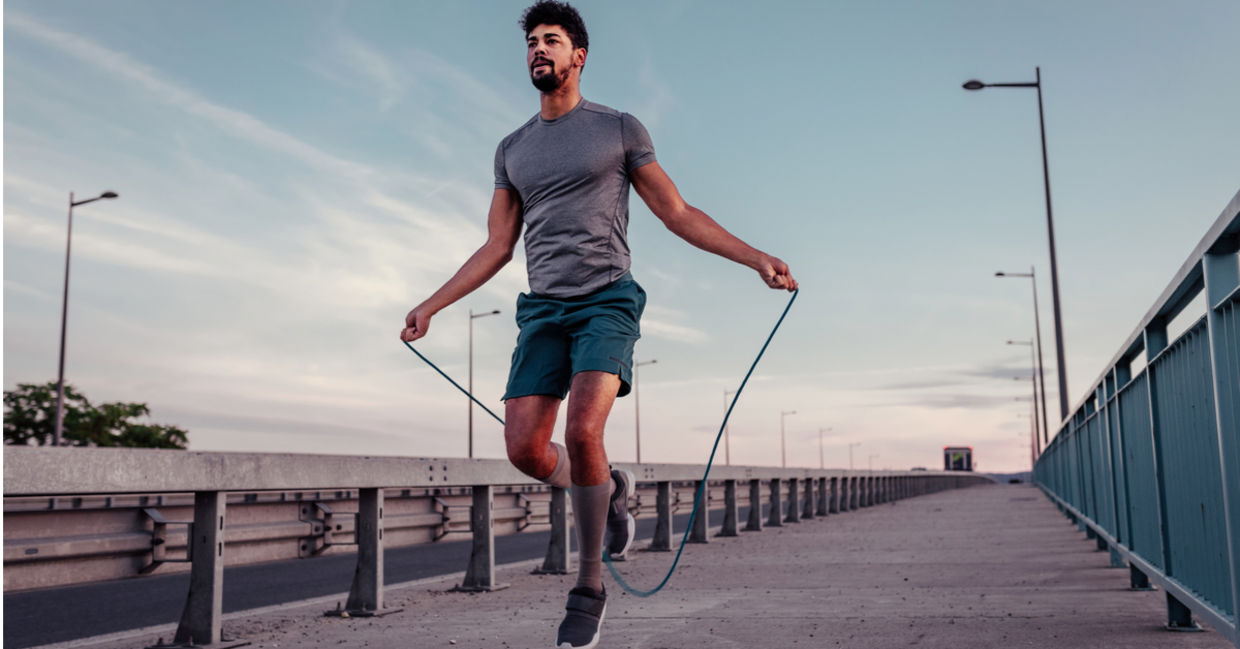
(Bbernard / Shutterstock.com)
Improves coordination
When you are jumping rope, you are using both your brain and your body, requesting them to stay in sync. This action works on improving both balance and coordination. This is helpful for all age groups. In fact, according to a study in the Journal of Sports Science & Medicine, children’s motor skills improved after learning jump rope training.
And with increased age, adults can become more prone to falling and slipping. This is because their brain and major muscles groups have problems working as a unit, as reported in Time Magazine. Practicing jumping rope activates these two areas and can lower the elderly’s risk for damaging falls as well as brain health.
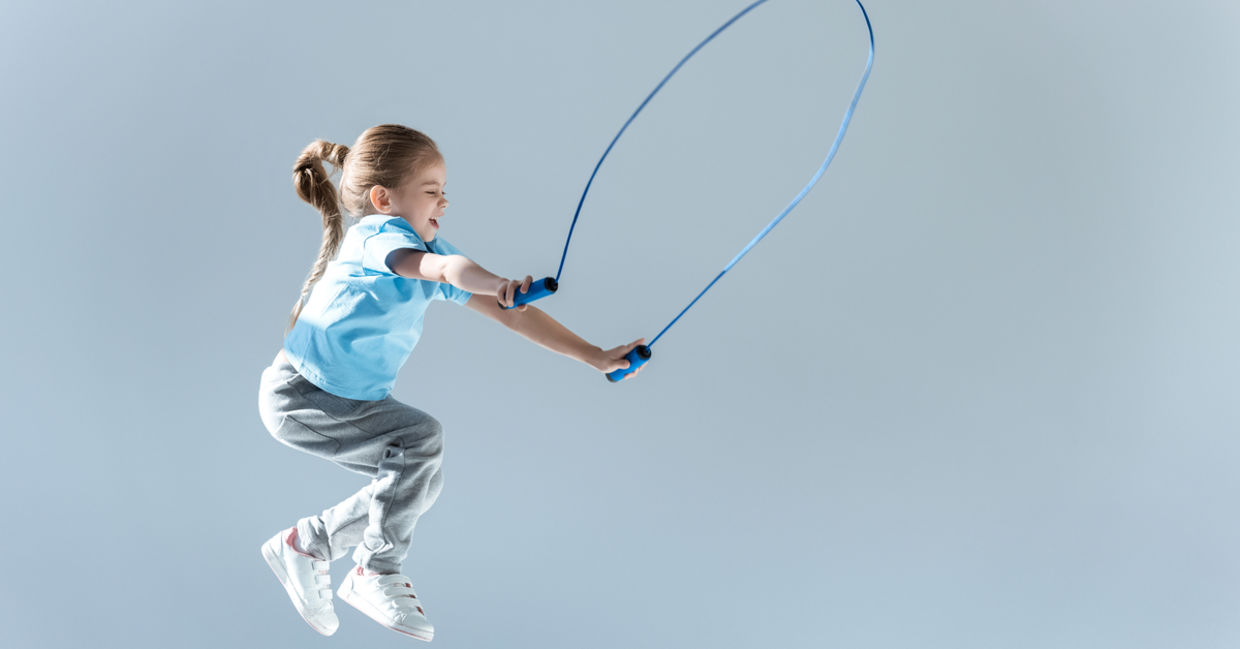
(LightField Studios / Shutterstock.com)
Great for heart and lung health (and it’s fun)
Jumping is a type of aerobic conditioning. The cardio increases your heart rate which then enables the heart muscles to work harder as they pump blood through your body.
Try jumping rope for just one minute. Chances are you will find yourself breathless, your heart will be pumping, and you may start to sweat. When you are out of breath, you are improving your pulmonary function, lung capacity, and your circulation, according to Style Craze.
As childhood obesity is connected to cardiovascular disease (CVD) later in life, experts believe that exercising at a young age can combat this. A study of young girls shows that skipping rope is an effective and accessible way to improve the risk factors of CVD.
In fact, the American Heart Association started a successful campaign to inspire kids to exercise through jumping rope.
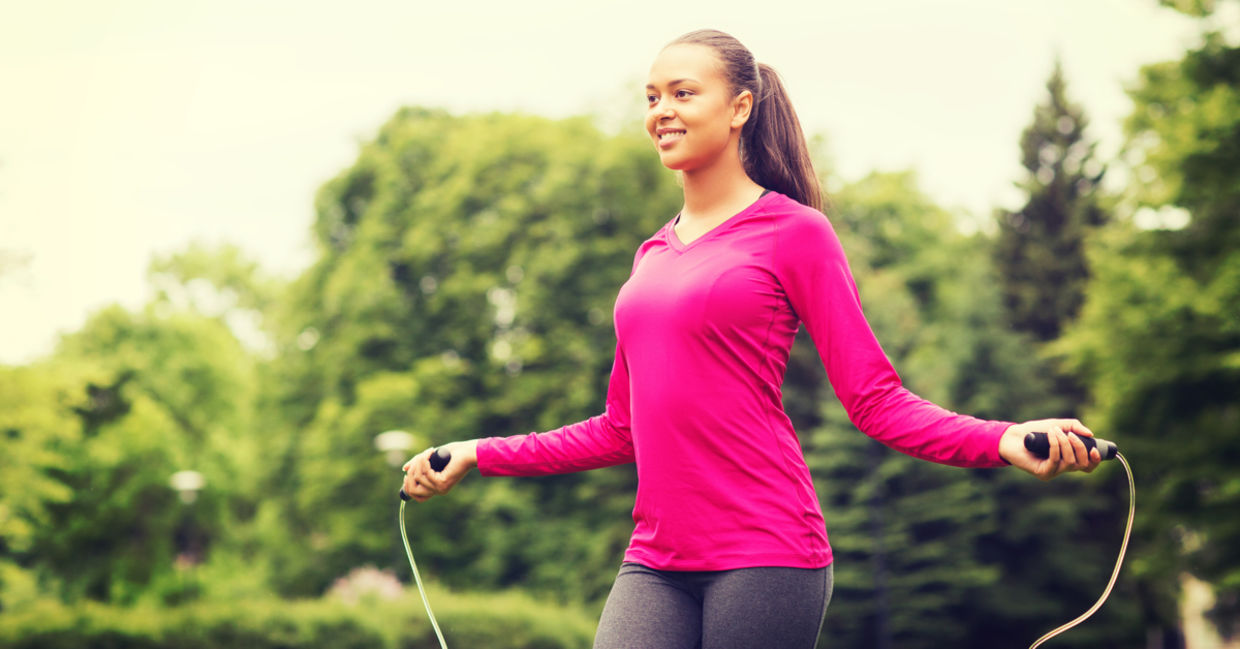
(Syda Productions / Shutterstock.com)
Great for the brain
When you skip vigorously while breathing deeply, you are able to clear your mind, according to this Vitor Caldeira video. This kind of exercise can also sharpen your focus.
And as skipping involves both the right and left sides of the brain, it helps to enhance one’s spatial awareness, and has cognitive benefits including boosting memory, reading skills, and mental alertness.
Jump roping also improves your mood. After a workout, the effects of released endorphins produce a wonderful sense of wellbeing. As with other cardio exercises, skipping can reduce anxiety, lift depression, and enhance one’s mood, as seen in this study.
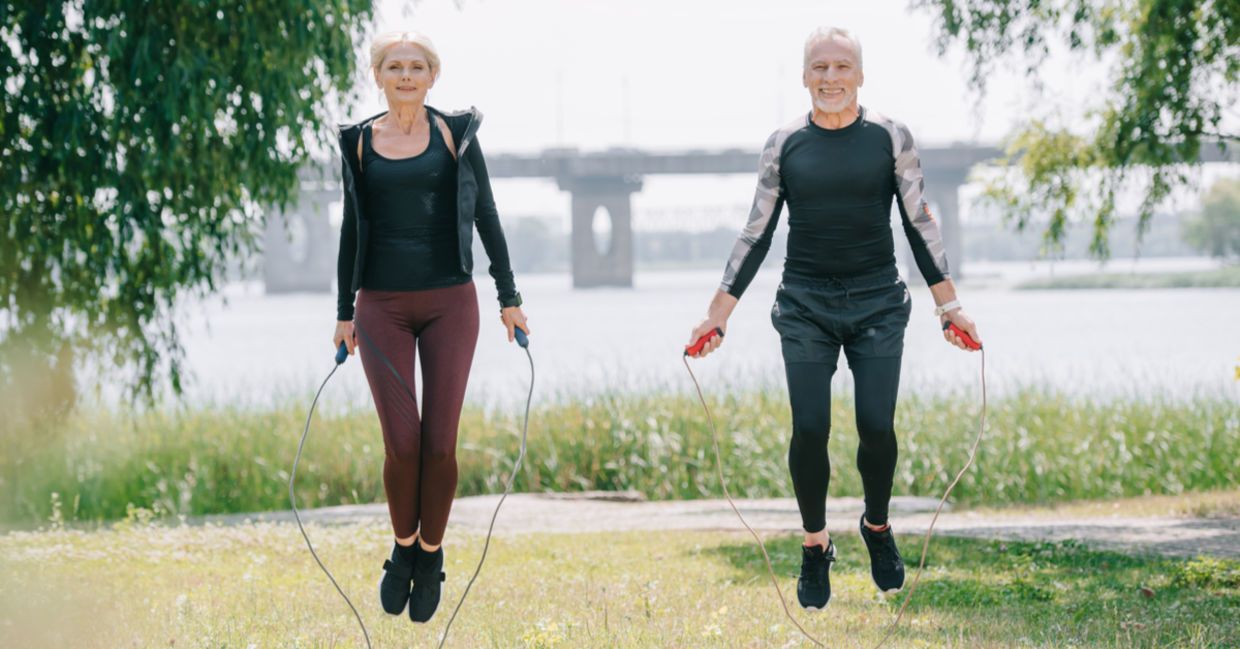
(LightField Studios / Shutterstock.com)
Increases bone density
When jumping rope, you are placing a weight load on your bones, according to Health Shots. This, in turn, increases bone density. A Japanese study found that simple jumping exercises increased the bone mineral density in the legs and spines of young girls.
With age, bone mass decreases. Moderate jumping exercises are an ideal non-impact exercise to improve hip bone density, especially for those with weak bones or osteoporosis. A study of osteopenic men showed that jump training increased the bone mineral density of the whole body and lumbar spine.
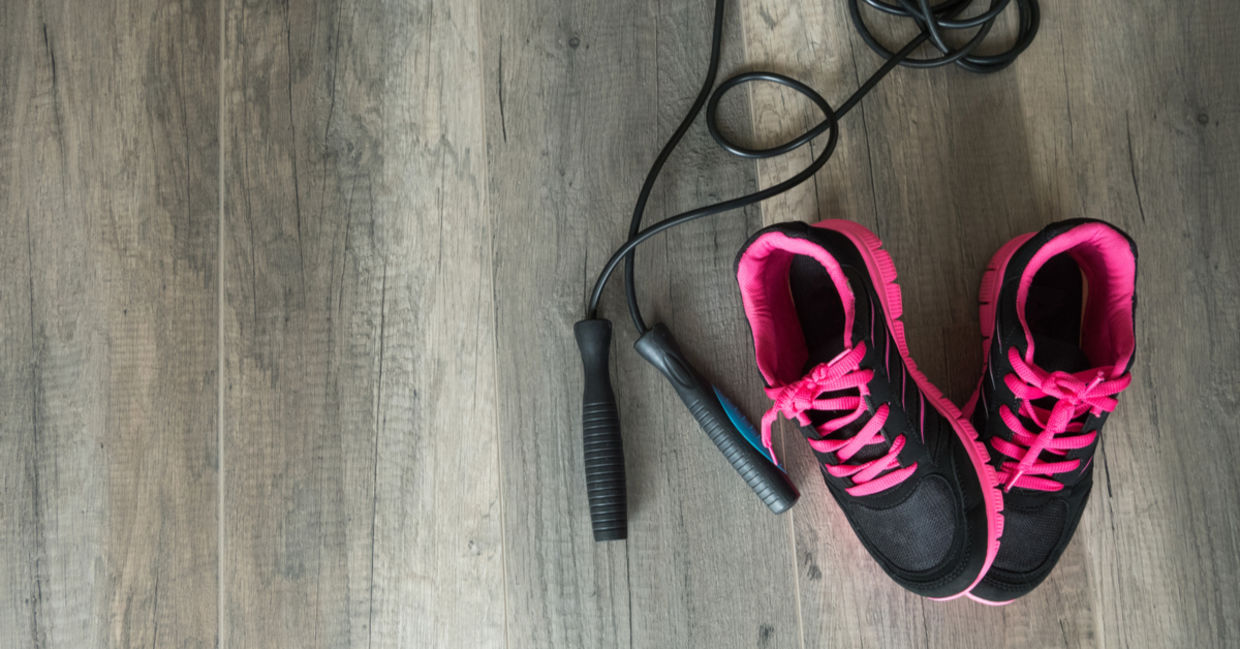
(Sanyalux Srisurin / Shutterstock.com)







